
Milk has been making headlines again, and it’s not about cheap prices in the supermarkets for a change.
The end of the EU milk quota regime caught the attention of the mainstream press over the Easter weekend, with doom and gloom reports over the possible impact for UK farmers.
An article in The Times warned of a “sudden flood of EU milk”, with market experts agreeing that while UK production is unlikely to surge (as pointed out by The Grocer last week), farmers will face increased competition from Continental countries delivering increased milk yields.
The language used by NFU president Meurig Raymond – who claimed a quarter of farmers receiving 20p or less for their milk would leave the industry in the next couple of weeks – was nothing short of alarming. “The question for them [the farmers] is how long are they prepared to keep losing money and at what point does their bank decide they won’t lend them any more money?” he told The Times.
Uncertainty around the end of quotas is unquestionably one of the major challenges facing the UK dairy industry at the moment. But there are other, equally fundamental challenges around basic consumer communications.
This was highlighted in an article in The Mirror today, which sought to give consumers advice on the “healthiest” foods. Rice cakes versus oat cakes, that kind of thing.
It was encouraging to see whole milk highlighted as a healthy choice when compared against skimmed milk, but then the same piece also pitched cow’s milk and soya milk against each other – and branded both as unhealthy, with cow’s milk condemned for the fact it can contain “traces of hormones and antibiotics” and being linked to intolerances.
For me, this article perfectly reflects the hotchpotch of messaging that consumers face on milk and dairy every day. In fact, it could be argued the biggest challenge the industry faces is not the end of milk quotas, but finding some consistent health messages around milk and communicating them effectively.
Otherwise, there’s a risk demand could drop even further in this country – and then UK dairy really could be in trouble.



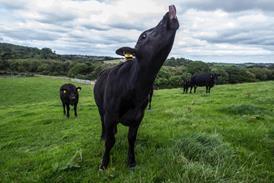



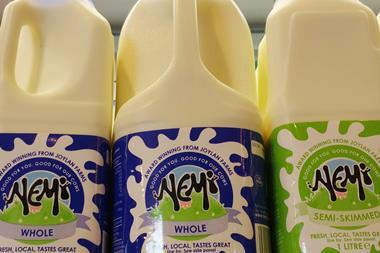
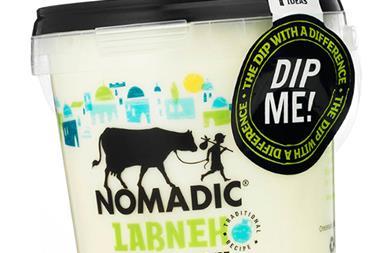


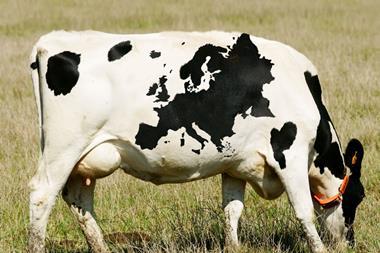
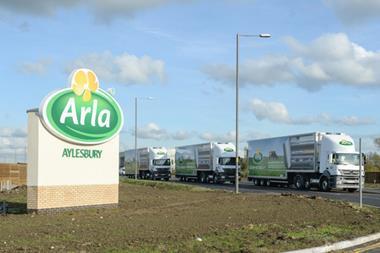





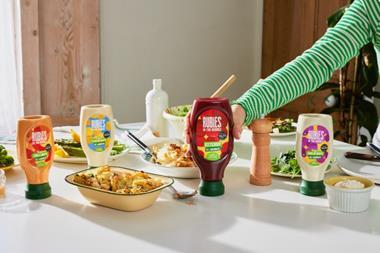
No comments yet